Herrngarten, Darmstadt
Herrngarten is the largest and oldest park in Darmstadt. It was created in the 16th century by merging three extensive gardens with several smaller gardens.
Some of the key highlights of the garden are:
- A pond with a fountain
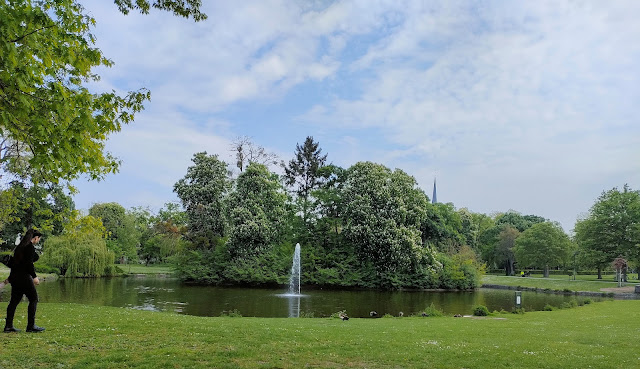

- Monuments - the tomb of Landgravine Caroline, the Goethe monument, and the memorial stone for Princess Elisabeth. The burial of princess Elizabeth was done in the old mausoleum in Park Rosenhöhe.
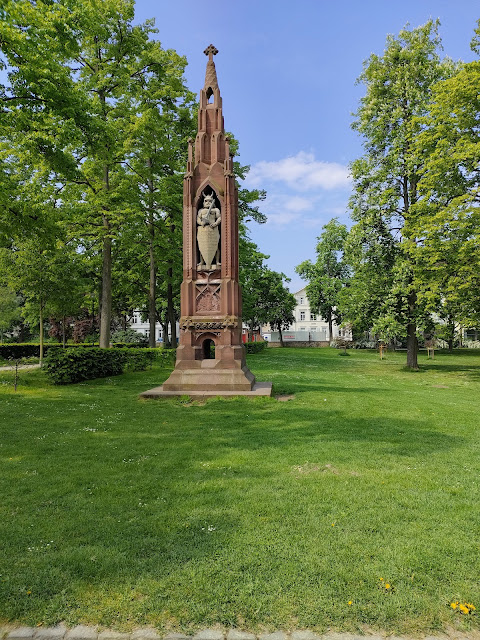
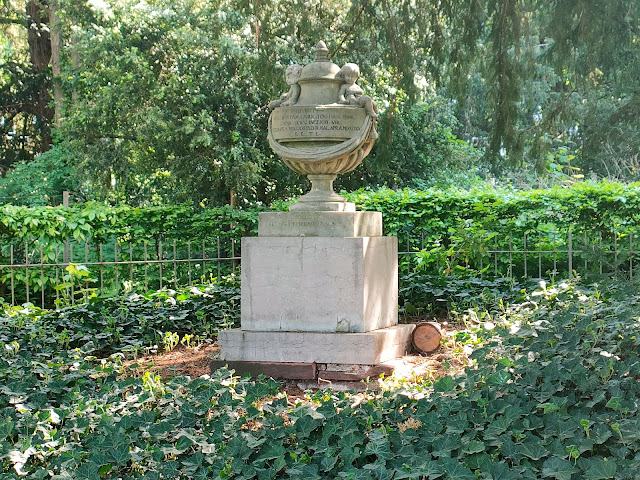
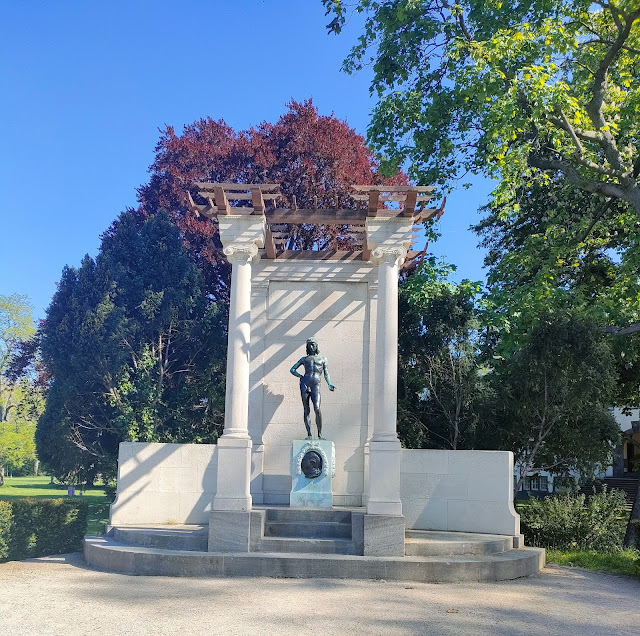
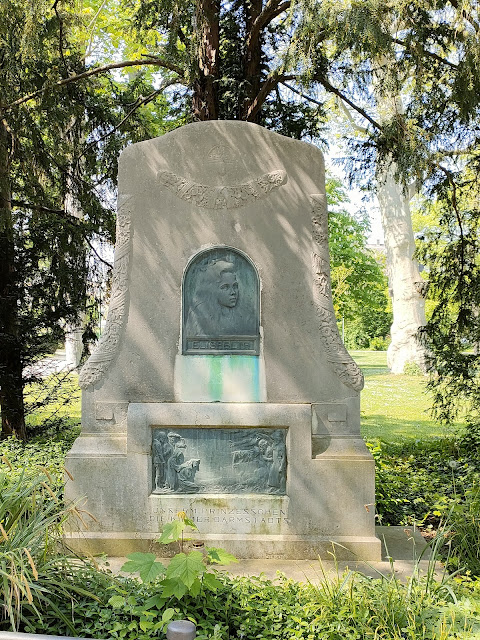
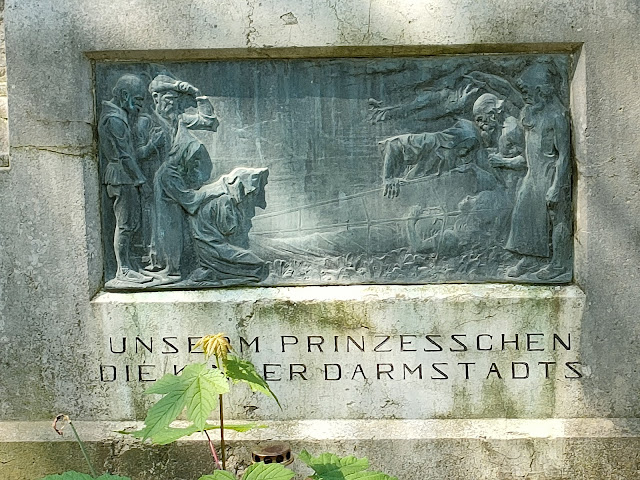
- A cafe and restaurant in the middle of the park(https://www.restaurantleyli.de/)

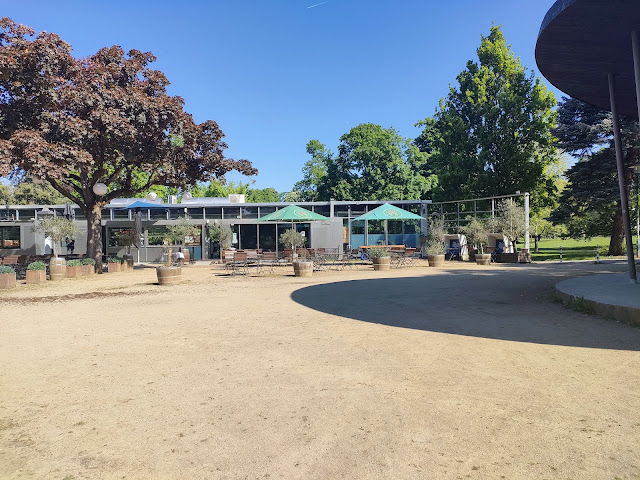
- A small music pavilion on the café grounds, where concerts take place in summer

- Playground ( for football, basketball, table tennis) and open-air gym
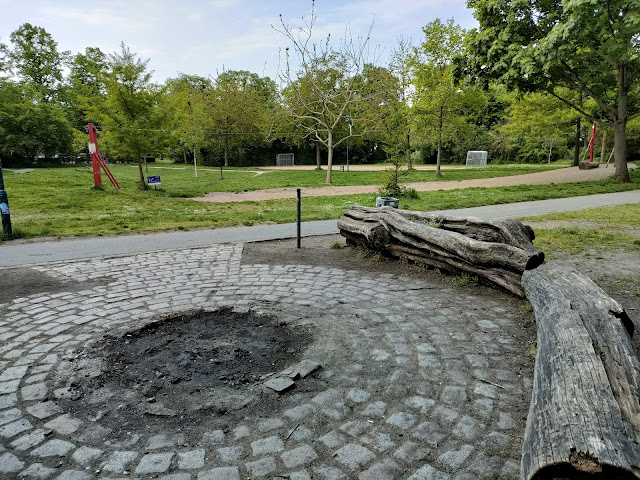

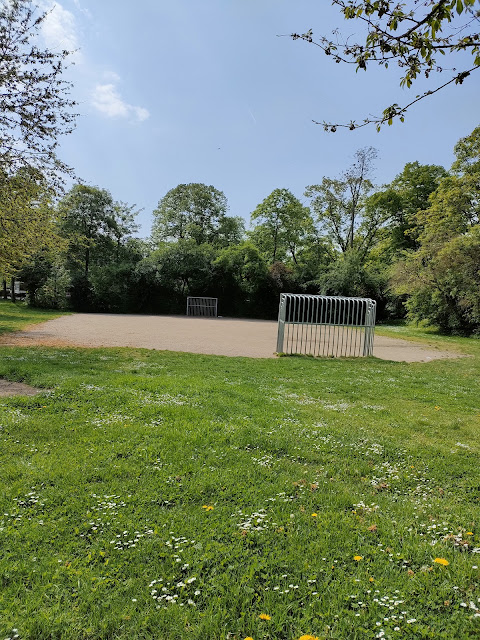
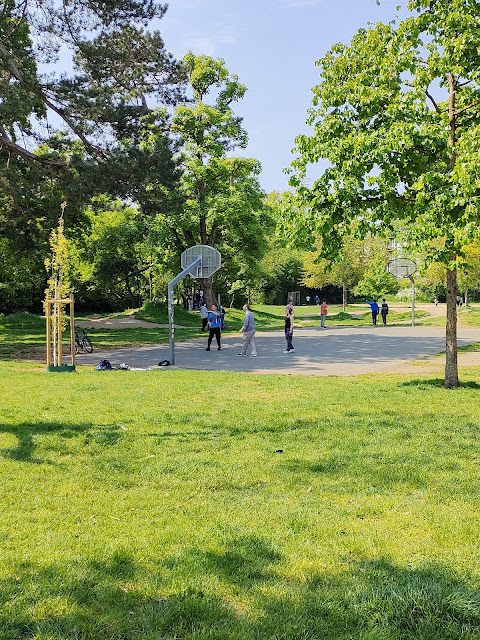
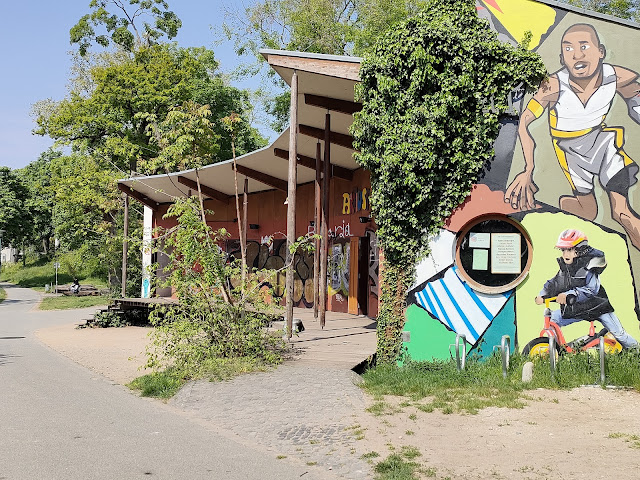
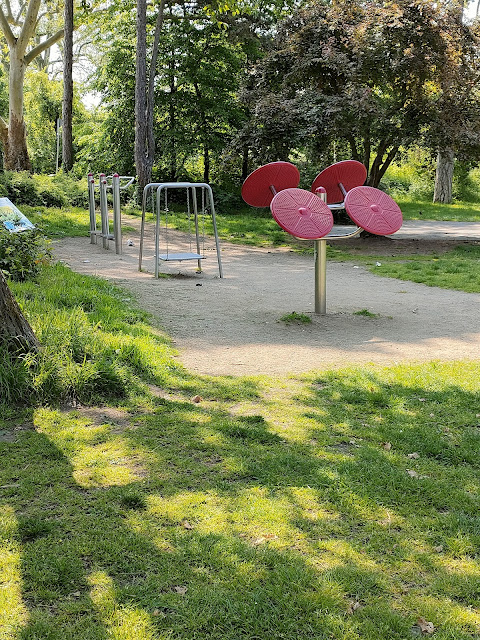
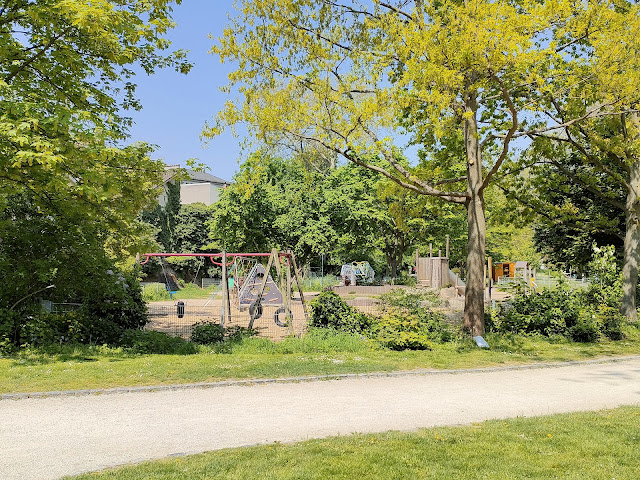
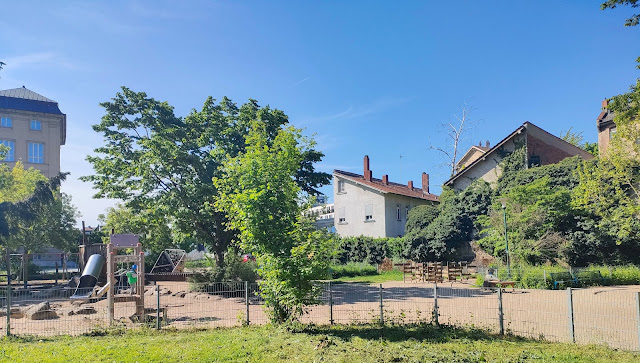
- Plenty of green space, ideal for a lazy afternoon nap or a picnic with family and friends
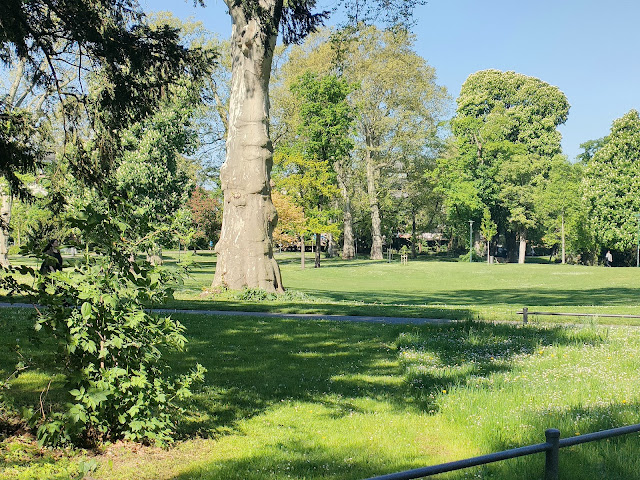
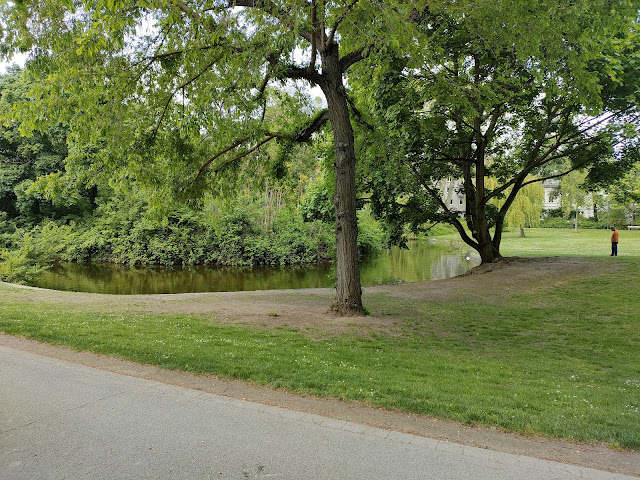
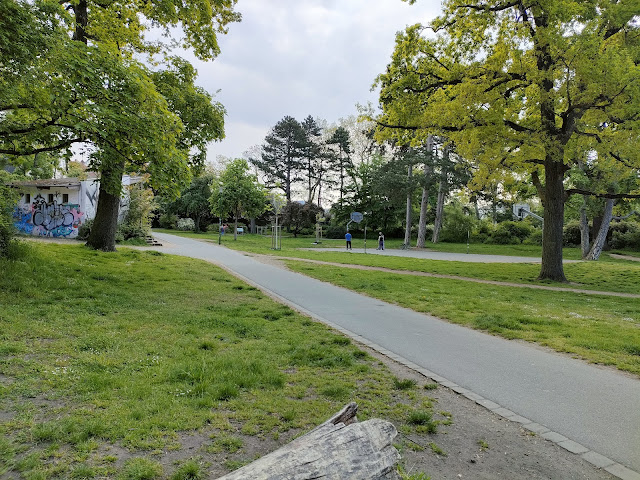
- Well-paved walking paths suitable for walking/cycling.
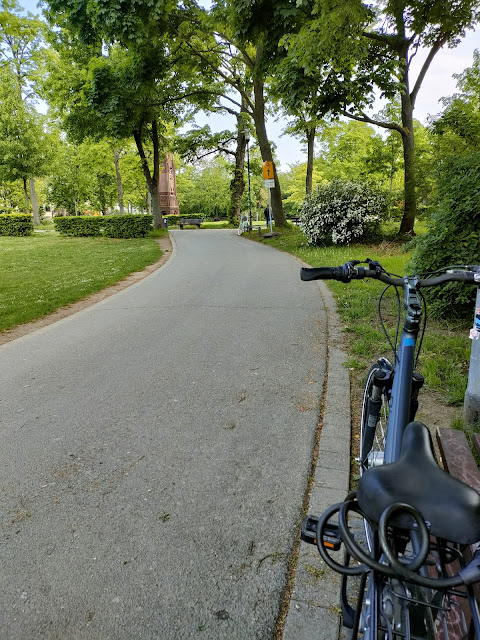
But Herrngarten is not just a garden. It is a piece from the history of Darmstadt. A closer look can take you back a couple of centuries and bring you face to face with the history of this beautiful garden. Historical structures of the various phases of its development have been preserved today. These serve as a testament and a reminder of the era gone by.
The garden's story:
Germany has a century-old tradition of having princely gardens along with palaces. Herrngarten started as one of those gardens attached to the palace ( Schloss in German) reserved exclusively for the royals.
Here are some of the important milestones in the history of the garden:
- In the 16th century, under the first Landgrave ( Langgraf in German) of Darmstadt, George I, a kitchen garden at the renaissance palace was developed. This garden also served the purpose of a leisure garden.
- In the 17th and early 18th centuries, when the landgraves did not have the money for a new palace with stately pleasure gardens, they extended the existing garden and surrounded it by a wall separate from the palace.
- From 1766 onwards, the Landgravine -Caroline had the Herrngarten redesigned into an 'English Style garden .' The garden's appearance as we see it today is based on her ideas. According to her wish, her grave was laid in the park and preserved till today. After her death, Frederick II of Prussia gave an Urn made of marble, still on her burial mound.
- Around 1801 Caroline's son, Grand Duke (Großherzog) Ludwig I, opened the palace gardens to the public. He also arranged to extend the grounds and create a more extensive landscape.
- From 1895 and 1934, the park's design went through a big change. The coming up of new buildings for the Technical Hochschule reduced the garden to 12 hectares.
- Since 2000, the park has been the property of the city of Darmstadt. It is a public park with no park access fee.
Details about the layout of the park can be found here:
Here is its location. I have marked it with reference to Luisenplatz:

Although the garden looks lovely during autumn and winter, Spring and Summer are the best times to visit the garden. On a beautiful summer day, you would find the park filled with people of all ages, doing things they like and generally having a good time. Events like the Sport & Spiel Fest, concerts, etc., are also organized during summers.
These concerts are organized by music groups on the weekends. These typically last for about an hour and are open to all with no entry fee. Information on dates and timings can be found at: https://www.darmstadt.de/veranstaltungskalender.
Herrngarten is indeed a beautiful garden in the heart of the city. Whether you want to walk, jog, cycle, or laze around reading a book under a tree; whether you want a family picnic combined with some casual sport or a cafe/restaurant experience with a beautiful garden view, Herrngarten is the place for you.
It is directly connected to Prinz Georg Garten.
To know more about places and experiences in Darmstadt, click here.
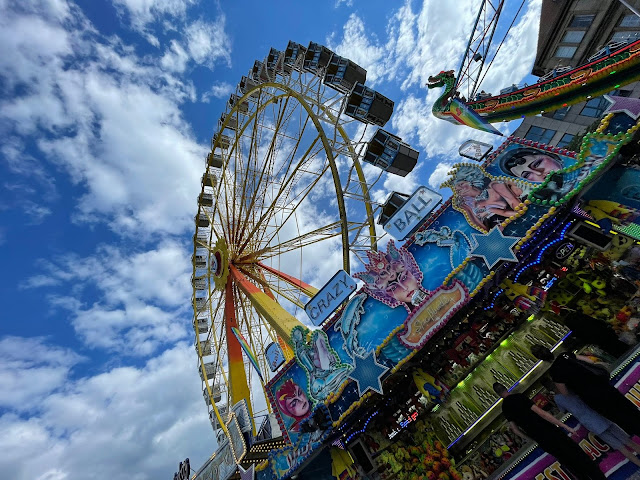

Comments
Post a Comment